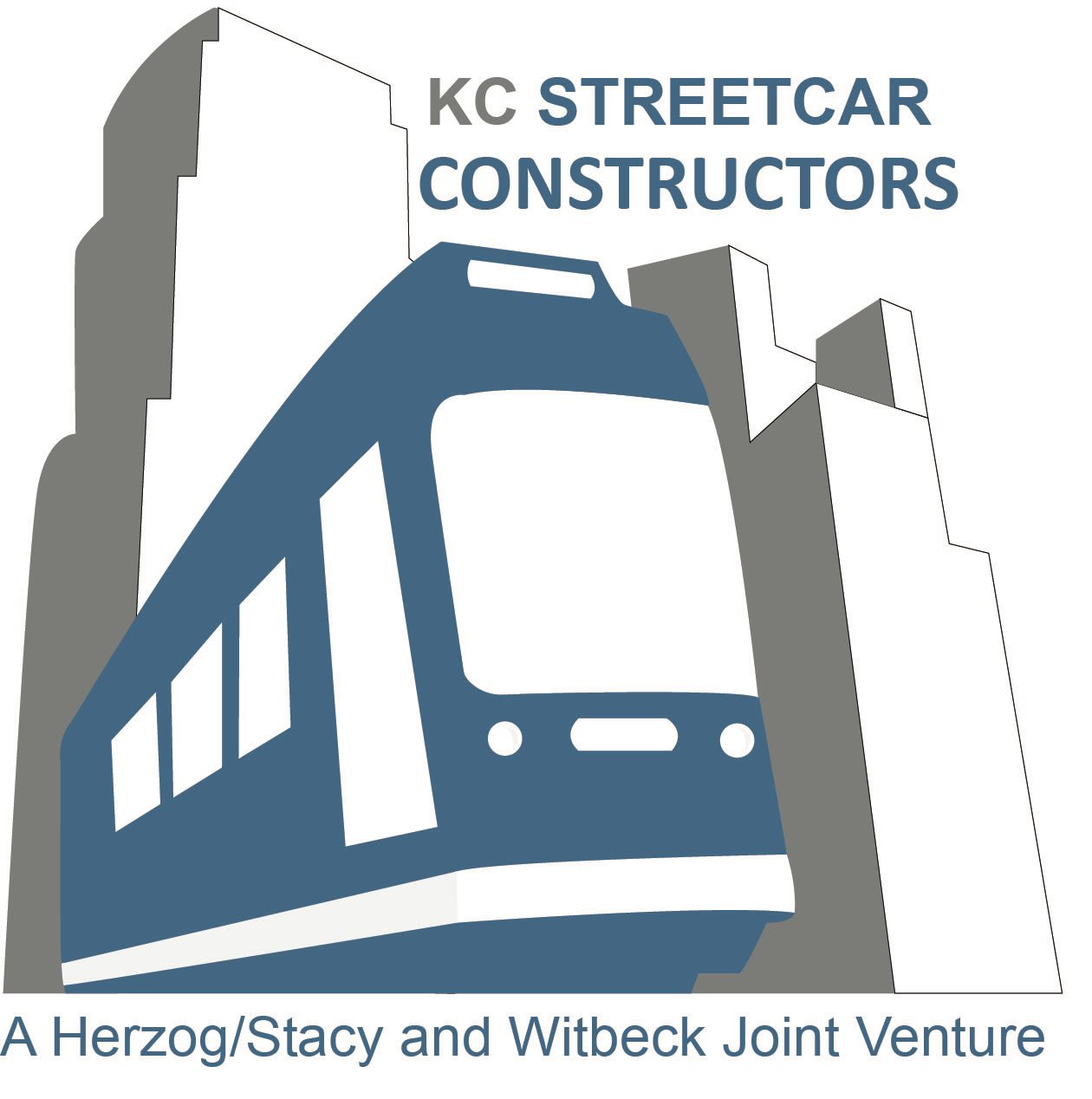Building Green
Bioretention basins are filled with native plantings to help absorb excess stormwater from rooftops, sidewalks, and streets. Layers of rock and soil store the water. A buried system drains the excess water, controlling the slow release of water back to the sewer system. See an example in Kansas City near the VA Medical Center (pictured above).
As part of the KC Streetcar Main Street Extension project, green infrastructure elements are included at two locations along the corridor to better manage stormwater drainage and beautify the surrounding area with native plants and landscaping. This blog post provides background on green infrastructure and where you can find it on the Main Street Extension.
What is Green Infrastructure?
Green infrastructure helps our community manage stormwater the way nature intended by capturing and utilizing rainwater where it falls. It decreases the amount of water getting into our pipes, improves water quality, and reduces flooding, pollution, and trash in our creeks, streams, and rivers.
How does Green Infrastructure work?
Green infrastructure slows, absorbs, and filters stormwater before it enters and overflows Kansas City’s sewer system. It replenishes groundwater and sustains plants, trees, and natural habitats while working with gray infrastructure (gutters, drains, pipes, etc.) to increase the capacity of our underground pipes. It also helps to filter pollutants from rainwater runoff before it is discharged into our creeks, streams, and rivers.
What does Green Infrastructure look like?
Green infrastructure can take many forms, depending on its location. These installations can be as large as a community park or as small as a rain garden. Want to see a green infrastructure site in action? Explore featured green infrastructure sites in Kansas City! Check out the KC Water green infrastructure project site map to discover an installation near you.
Where is green infrastructure being built on the KC Streetcar Main Street Extension project?
The parking lot for the Annex, pictured above, is made up of permeable pavers to help capture stormwater runoff.
The intersection of Main Street and Memorial Drive. A bioretention basin will be built on Memorial Drive west of Main Street as the primary green infrastructure element.
Green infrastructure elements will also be incorporated at 38th Street and Main Street with the construction of the Midtown Annex Building which will support expanded maintenance and operations needs and ensure efficient and timely response to needs on the route.
Permeable pavers were installed at the Vehicle Maintenance Facility (VMF). These permeable pavers will help to capture stormwater runoff through the joints between pavers.
This green infrastructure plus the drainage system along Main Street not only protects the streetcar system on the corridor, but also protects other properties around the track from stormwater runoff damage.



